QuestionI recently acquired Forest Hingeback Tortoises (a male and a female-both adults) at a reptile show in South Carolina. I was told by the reptile dealer that they were Home's, only to find out that they were the more difficult to care for Forest Hingeback Tortoises. Is there any advice you can give me about specific rearing practices that may not be well known?
Currently, they are being housed in a kiddie pool from Walmart that is layered with a substrata of cypruss mulch (moistened) and has a large water hole in the center about two-three inches deep. Additionally, they are being kept isolated with a large ceramic heat emitter to keep the temperature and humidity high enough for them. We are feeding them a normal tortoise diet (about the same as our red-foots) of turnip greens, kale, mustard greens, romaine, carrots, yellow squash, zucchini, and other vegetables. We do not give them all of the above at one time, but we try to feed them a variety so that they do not get bored and quit eating. We give them a supplement of Minerall with D3 with each feeding, about twice a week. They seem to eat well and enjoy the food (even though they do not like for us to watch, they wait until we are out of the room).
By the way, when we purchased them we wormed them with reptile wormer.
Is there anything that we are missing?
Thanks
AnswerForest's are indeed a little trickier, but you have a good start.
1. Diet- the diet sounds low in 'fodder'- hays, grasses, leaves, flowers, yard plants, clovers, alfalfas, etc. I also do not see any protein- about 5% of the Red-foot and at least 15% of the hingeback diet should be proteins, like hard-boiled egg in shell, lightly mashed.
Try this site for an excellent diet:
http://www.petdoc.ws/TortDiet.html
2. Other tips-
- Likes moist, almost semi-aquatic habitat: bigger pool, damp 'dirt' mix to dig in, shadier, etc. (but, then, the Red-foot likes shade, too!)`
- Likes an almost 'wood turtle' diet- worms, bugs, snails, etc- often eats in the water!
- Because of possible parasite load (even after the wormer) I'd isolate them for at least a month before introducing them in the main enclosures or shared teritories.
- HIGH humidity is important- but so is fresh air- a tricky combo. Not sure Red-foots will like it that humid. 90% humidity seems to work well for some keepers.
3. The hot humidity seems to the be big trick. Other keepers talk about covered tanks, etc.- which keeps humidity up, but fosters bacteria and mildew growth and contributes to lung problems.

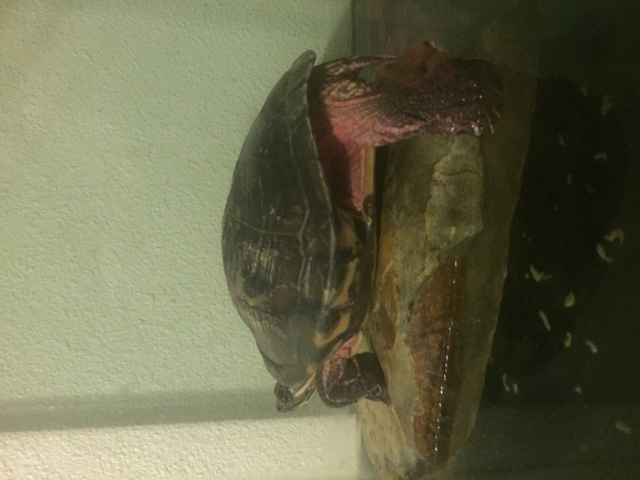 Skin infection
Question
Dudley
I think my 20 year old red ear
Skin infection
Question
Dudley
I think my 20 year old red ear
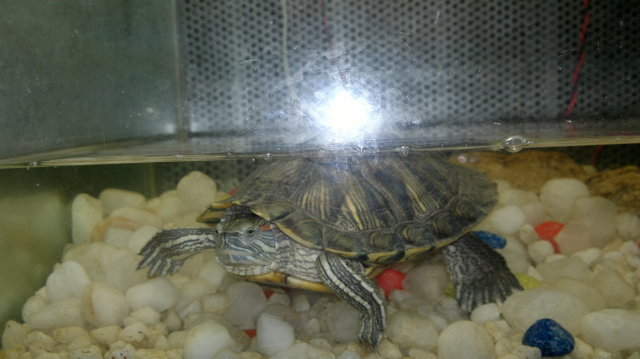 my tortise has stop eating
QuestionQUESTION: I am having 1 tortoise since 1 year b
my tortise has stop eating
QuestionQUESTION: I am having 1 tortoise since 1 year b
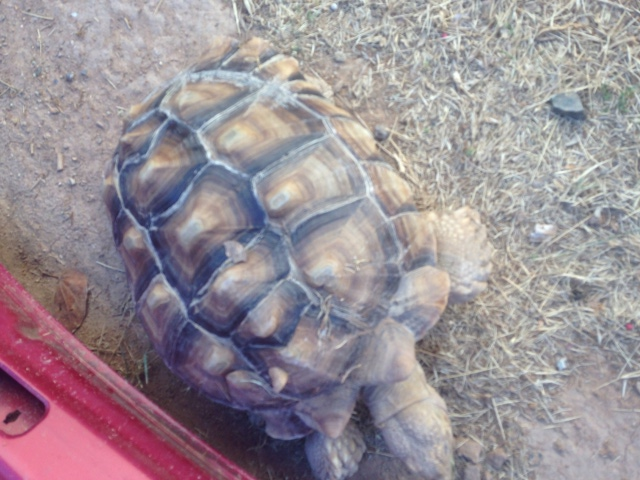 i need to know what kind of tortoise I have
Question
Tortoise
Im interested in buying a new
i need to know what kind of tortoise I have
Question
Tortoise
Im interested in buying a new
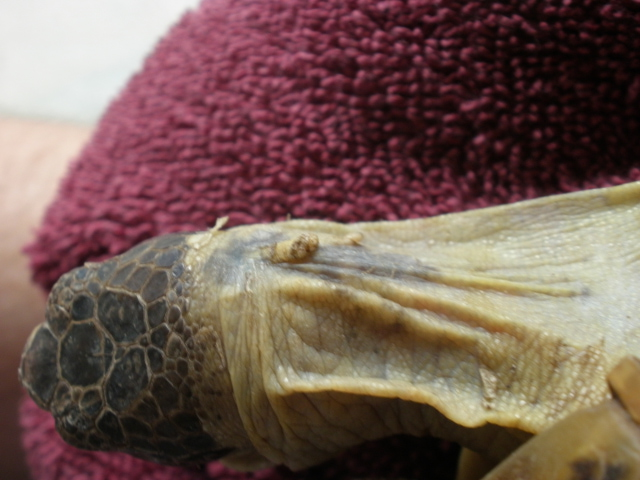 Russian Tortoise neck discoloration
Question
Neck 1 Neck 2
I have a Russian to
Russian Tortoise neck discoloration
Question
Neck 1 Neck 2
I have a Russian to
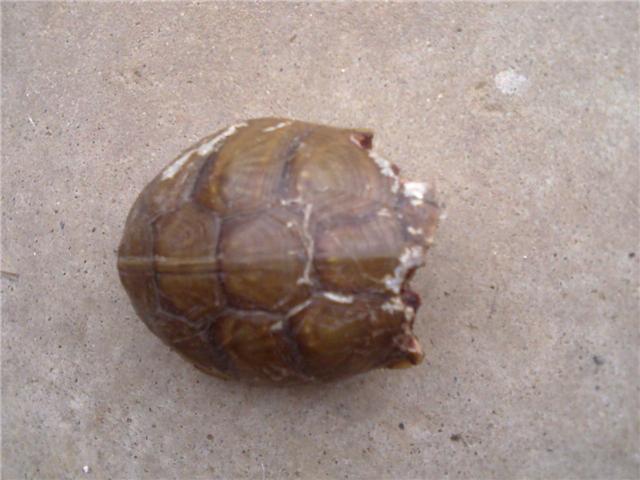 Box turtle-shell chewed up by dogs. Please help!
Question
Box Turle
My boyfriend just rescued a box turt
Box turtle-shell chewed up by dogs. Please help!
Question
Box Turle
My boyfriend just rescued a box turt